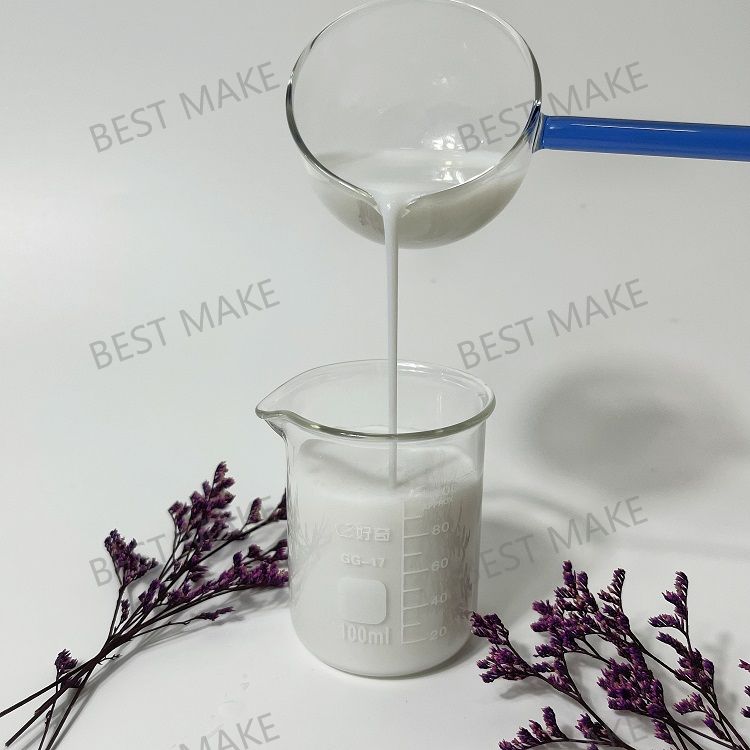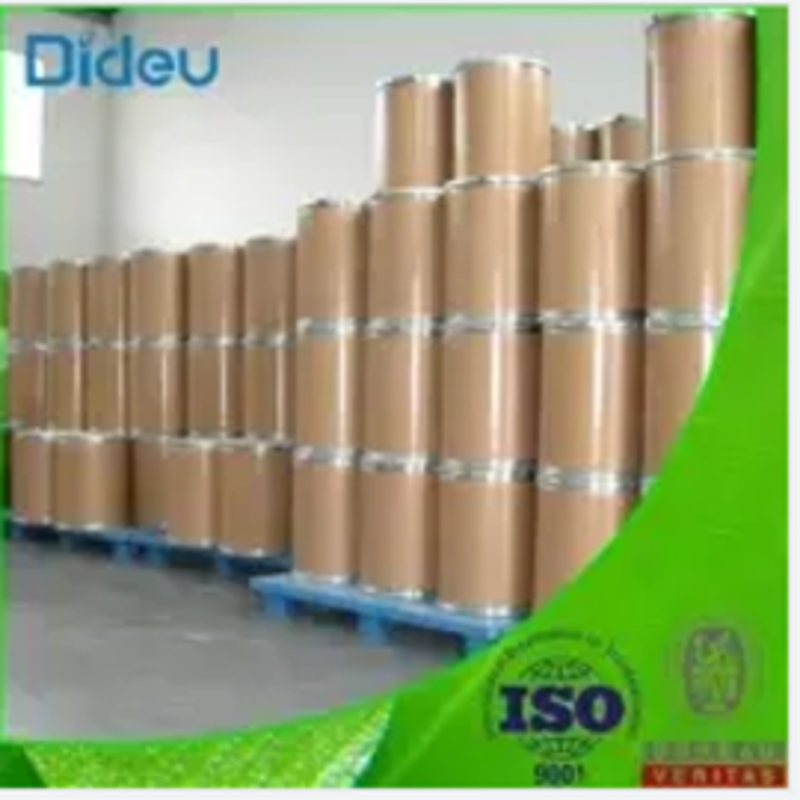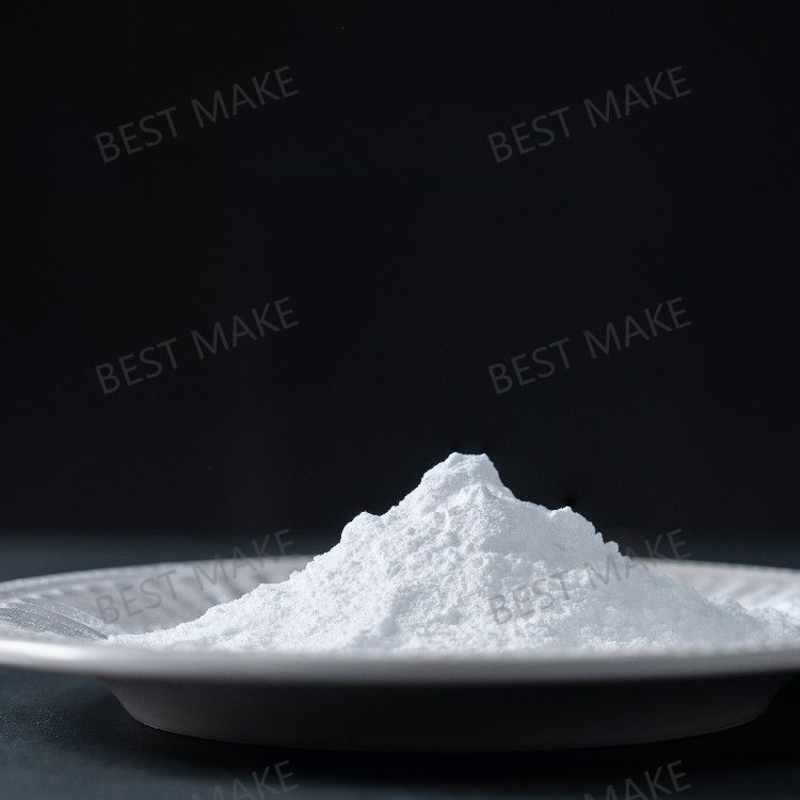-
Categories
-
Pharmaceutical Intermediates
-
Active Pharmaceutical Ingredients
-
Food Additives
- Industrial Coatings
- Agrochemicals
- Dyes and Pigments
- Surfactant
- Flavors and Fragrances
- Chemical Reagents
- Catalyst and Auxiliary
- Natural Products
- Inorganic Chemistry
-
Organic Chemistry
-
Biochemical Engineering
- Analytical Chemistry
-
Cosmetic Ingredient
- Water Treatment Chemical
-
Pharmaceutical Intermediates
Promotion
ECHEMI Mall
Wholesale
Weekly Price
Exhibition
News
-
Trade Service
Fungicides play an important role in keeping paints and coatings free of harmful microorganisms. However, the regulation of biodides is increasingly affecting their use. We discussed strategies to address current challenges with David Zilm, Chief Marketing Officer of Vink Chemicals,
china
.
current challenges for coating manufacturers when using fungicides in their products?
Zilm: Regulatory fundamentals are becoming more stringent, limiting the number of biodides available on the market. Manufacturers of printing inks and adhesives that must meet indirect food contact standards - the keyword methyl isopycin (MIT) - face particular challenges. Manufacturers of coatings, printing inks and adhesives must and naturally wish to comply with their legal obligations and must provide our customers with solutions based on biocides available on the market.
David Zilm, chief marketing officer, is
David Zilm, chief marketing officer of Vink Chemicals, will give a lecture on phytos hygiene and system cleanliness at the EC Technology Forum, "Biocides - Save in Challenging Times".
these solutions usually look like?
Zilm: We review the biodides used in the formulation with our customers, and then we adjust the dosage to determine whether legal requirements can be met. If this is not the case, we work with our customers to develop new products, often using the right combination of approved biodides. This combination needs to be able to fight harmful microorganisms, use economically and naturally not pose a threat to users.
new compliant biodides really on the market?
Zilm: At the moment, you can't assume BiocB. Developing new products, getting approved, and conducting all mandatory tests and studies is very expensive. Development costs are estimated to be in the double digits, and even so, it is not possible to determine whether the active ingredient will be approved.
, what's left to do with the existing active ingredients? Theoretically, yes. However, in addition to the active ingredients themselves, we also pay close attention to industrial hygiene with our customers. Of course, we didn't invent this method, but given the current rationale, it's a good starting point for manufacturing bio-killing coating systems that meet regulatory requirements.
do you mean?
Zilm: So far, many of the active ingredients used in some coating systems, such as DIY, have been revoked or will no longer be approved in the future. Approved active ingredients must be added at the highest necessary but lowest dose. If necessary, the dose of approved fungicides can be reduced by improving pipe hygiene. We have recently developed a pipe cleaning system that combines chemically active ingredients with mechanical cleaning. This allows for improved industrial hygiene and the development of the best biobicide doses in coating systems.
Zilm: Pipe systems cannot be sustainablely cleaned using systems available on the market, such as biosicides or H 2 O 2. We have developed a fungicide-free cleaner that breaks the biofilm in the pipe. A mechanical cleaning is then carried out in which the dissolved sediments are driven out of the system through air pressure.
is this related to higher costs?
Zilm: Although individual cleaning processes are more expensive than traditional cleaning tools, this newly developed cleaning process is very efficient and does not have to be carried out frequently. This means an additional cost to







